Comments / Questions (31)
![]() ANNICK EECKEMAN wrote:
ANNICK EECKEMAN wrote:
Bonjour, Je regarde ce modèle Z-029-bn et je constate qu'il existe une version "Dirka Finland". Serait il possible d'avoir la liste des fils pour ce modèle ? Merci d'avance pour votre réponse Annick EECKEMAN
26.04.2025 - 18:30DROPS Design answered:
Bonjour Mme Eeckeman, la version "Dirka Finland" est celle d'une tricoteuse, pour avoir plus d'informations sur sa version, cliquez sur la photo puis sur "voir l'ouvrage", n'hésitez pas à la contacter si besoin. Votre magasin pourra également vous aider, même par mail ou téléphone dans le choix des couleurs. Bon tricot!
28.04.2025 - 08:08
![]() Michael Harish wrote:
Michael Harish wrote:
Hi. Are you sure the measurements for this cardigan is correct? The actual knitted garment does not match what is written in the pattern. They are twice the size. Maybe who wrote the patter forgot it is one piece and not two.
16.09.2024 - 14:18
![]() Michael Harish wrote:
Michael Harish wrote:
Thank you so much. It is such a pleasure to knit with Drops yarn and your patterns. I highly recommend your company to all my knitting friends both Male and Female.
27.08.2024 - 09:52
![]() Michael Harish wrote:
Michael Harish wrote:
Is it possible to get instructions how to knit ti's in peaces instead of one piece?
26.08.2024 - 20:28DROPS Design answered:
Dear Mr Harish, this lesson might help you adjusting the pattern to work body and sleeves back and forth on needle (and dividing front/back pieces), but it might be easier to work yoke in one piece just as in the pattern. Happy knitting!
27.08.2024 - 09:18
![]() Diane Adam wrote:
Diane Adam wrote:
I am working diagram M2A on the sleeve. How do you carry the pink wool so that it is in the right place for the next row of hearts?
13.01.2023 - 17:17DROPS Design answered:
Dear Diane, you need to use the Fair Isle technique, you can see how to work this in the following videos, depending on the way you work: https://www.garnstudio.com/video.php?id=140&lang=en https://www.garnstudio.com/video.php?id=136&lang=en Happy knitting!
15.01.2023 - 11:19
![]() Lena Jönsson wrote:
Lena Jönsson wrote:
Drops 22-4 , vilken färg ska jag ersätta cerise 2921 med då den utgått tyvärr
30.04.2022 - 12:03DROPS Design answered:
Hei Lena. Vi har ingen lik farge som kan erstatte 2921 ceris, men ta en titt på farge 9022 korall eller hva med en litt annen rosa farge, mørk blush 9024? mvh DROPS Design
02.05.2022 - 13:59
![]() Fernanda Blockeel wrote:
Fernanda Blockeel wrote:
Ik heb nu de mouwen op dezelfde rondbreinaald gezet .ik heb nu in totaal 62 steken voor de mouw (2x) en in totaal 275 steken.volgens telpatroon M4 moet ik 10 x minderen en in de beschrijving staat er nog 105 steken overhouden .Ik begrijp dit niet?
25.04.2022 - 12:59DROPS Design answered:
Dag Fernanda,
Je kunt gewoon telpatroon M.4 volgen. De minderingen die je moet maken zijn al getekend in het telpatroon (dit is het laatste symbool: 2 recht samen), waardoor je automatisch mindert als je het telpatroon volgt.
28.04.2022 - 09:41
![]() Loes Sweegers wrote:
Loes Sweegers wrote:
Het telpatroon geeft aan te breien gezien van de goede kant van de naald. Houd dit dan in dat ik steeds 2 naalden brei of zie ik dat verkeerd?
27.12.2021 - 17:10DROPS Design answered:
Dag Loes,
In het telpatroon zijn alle naalden aangegeven. Je leest het telpatroon van onder naar boven en als je aan de goede kant bent lees je de rij van rechts naar links. Als je aan de verkeerde kant bent van links naar rechts.
28.12.2021 - 13:04
![]() Loes Sweegers wrote:
Loes Sweegers wrote:
Het telpatroon geeft aan te breien gezien van de goede kant van de naald. Houd dit dan in dat ik steeds 2 naalden brei of zie ik dat verkeerd?
26.12.2021 - 14:27
![]() Lola wrote:
Lola wrote:
Bonjour, Au moment des diminutions de M4, faut-il continuer à faire correspondre les motifs sur les devants ? (ce qui ferait faire une diminution supplémentaire en fin de motif par exemple au rang 15) Ou bien faut-il tricoter la dernière maille dans la couleur du motif sans faire correspondre les deux côtés ? Merci d'avance !
21.01.2021 - 16:11DROPS Design answered:
Bonjour Lola, lorsque vous tricotez M.4 vous devez toujours terminer le rang par la 1ère maille de M.4, en revanche, si la 1ère maille est une diminution, tricotez cette maille sans diminuer pour bien conserver le bon nombre de mailles. Vous ne devez diminuer que le nombre de mailles indiqué dans M.4 x le nombre de M.4 du rang. Bon tricot!
21.01.2021 - 16:56
Jolie Fleur#joliefleurcardigan |
|||||||||||||||||||||||||
|
|
|||||||||||||||||||||||||
Knitted cardigan with round yoke and multi-coloured pattern in DROPS Alpaca. Size children 3 to 12 years.
DROPS Children 22-4 |
|||||||||||||||||||||||||
|
GARTER ST (back and forth on needle): K all rows. PATTERN: See diagram M.1 to M.4. All diagrams are worked in stocking st. NOTE: When working diagram M.2, pull up the pattern thread to next row when working dots. Do not cut the thread because the thread fastening might shine through. -------------------------------------------------------- BODY: Worked back and forth on circular needle from mid front. Cast on 164-176-192-208-220 sts (incl 1 edge st in each side towards mid front) on circular needle size 2.5 mm with off white. P 1 row from WS. Then work rib as follows (seen from RS): 1 edge st in GARTER ST - see explanation above, * K 2, P 2 *, repeat from *-*, finish with K 2 and 1 edge st in garter st. When rib measures approx. 4 cm (adjust so that next row is worked from RS), switch to circular needle size 3 mm. K 1 row while AT THE SAME TIME dec 25-25-29-33-33 sts evenly = 139-151-163-175-187 sts. Work 3 rows in stocking st. Continue to work as follows: 1 edge st in garter st, diagram M.1A until 6 sts remain, diagram M.1B and 1 edge st in garter st. When diagram M.1 has been worked 1 time vertically, work 3 rows in stocking st with off white. Continue as follows (from RS): 1 edge st, diagram M.2A until 6 sts remain, diagram M.2B and 1 edge st. Continue working like this until piece measures approx. 20-23-25-27-29 cm (adjust so that 3 rows with one colour have been worked after 1 row with dots). REMEMBER THE KNITTING TENSION! Work next row as follows with off white: Work 32-35-38-41-44 sts, cast off 6 sts for armhole, work 63-69-75-81-87 sts, cast off 6 sts for armhole, work the rest of row (= 32-35-38-41-44 sts). Put piece aside and work the sleeves. SLEEVE: Worked in the round on double pointed needles. Cast on 52-56-60-60-64 sts on double pointed needles size 2.5 mm with off white. K 1 round. Continue in rib = K 2/P 2 for 4 cm. Switch to double pointed needles size 3 mm. K 1 round while AT THE SAME TIME dec 8-10-12-10-12 sts evenly = 44-46-48-50-52 sts. K 2 rounds. Then work diagram M.3 one time vertically, then K 1 round with off white. Insert a marker at beg of round = mid under sleeve. Continue as follows: 4-5-0-1-2 sts in off white, diagram M.2A over 36-36-48-48-48 sts, 4-5-0-1-2 sts with off white. AT THE SAME TIME when piece measures 8-8-8-8-9 cm, inc 1 st on each side of marker. Repeat inc every 7th-9th-9th-9th-9th round a total of 8-8-10-11-12 times = 60-62-68-72-76 sts. Work the inc sts gradually in diagram M.2A. When piece measures approx. 27-32-36-39-43 cm (adjust so that 3 rounds with one colour have been worked after 1 round with pattern), work 1 round with off white while at the same time casting off 6 sts mid under sleeve (i.e. 3 sts on each side of marker) = 54-56-62-66-70 sts remain on needle. Put piece aside and knit another sleeve. YOKE: Slip sleeves on to same circular needle as body where armholes were cast off = 235-251-275-295-315 sts. P 1 row from WS with off white while AT THE SAME TIME dec 8-8-0-4-8 sts evenly = 227-243-275-291-307 sts. Work 0-0-2-6-10 more rows with off white back and forth. Continue to work as follows: 1 edge st in garter st, diagram M.4 until 2 sts remain, work the first st as the first st in diagram M.4 (so that the pattern is the same on each side of mid front), then 1 edge st in garter st. When diagram M.4 has been worked vertically, 87-93-105-111-117 sts remain on needle. K 1 row from RS with off white while AT THE SAME TIME casting off 1 edge st in each side and while at the same time dec 17-19-27-27-29 sts evenly = 68-72-76-82-86 sts, cut the thread. Slip the sts on a stitch holder. LEFT BAND: Worked back and forth on circular needle. Knit up on circular needle size 2.5 mm with off white, approx. 90 to 120 sts inside 1 edge st along left front piece. K 1 row from WS while at the same time adjusting no of sts to 109-117-125-133-141. Then work rib as follows (from the top, seen from RS): 1 st in garter st, * K 2, P 2 *, repeat from *-* until 4 sts remain which are worked K 2 and 2 sts in garter st. Continue like this until rib measures approx. 2.5 cm. Loosely cast off with K over K and P over P. RIGHT BAND: Work as left band – AT THE SAME TIME when band measures approx. 1.5 cm, cast off for 7-7-7-8-8 button holes evenly. 1 BUTTON HOLE = cast off 2 P sts and cast on 2 new sts on next row over these sts. Upper button hole should be in first P-section. Bottom hole should be approx. 2 cm from bottom edge. NECK EDGE: Worked back and forth on circular needle. Knit up on circular needle size 2.5 mm with off white (from RS) as follows: 6 sts at the top along band on right front piece (inside 1 st in garter st), then work the sts from body on the needle = 68-72-76-82-86 sts and knit up 6 sts at the top along band on left front piece = 80-84-90-94-98 sts. Then work an elevation at the back as follows in garter st: K 45-47-50-52-54 sts, turn, K 10 sts, turn, K 20 sts, turn, continue to work 10 sts more on every turn until a total of 50-50-70-70-70 sts have been worked (= 3-3-4-4-4 ridges (1 ridge = 2 rows), turn and work the rest of row. Work 1 row over all sts before casting off. ASSEMBLY: Sew the openings under the sleeves tog. Sew on buttons. |
|||||||||||||||||||||||||
Diagram explanations |
|||||||||||||||||||||||||
|
|||||||||||||||||||||||||
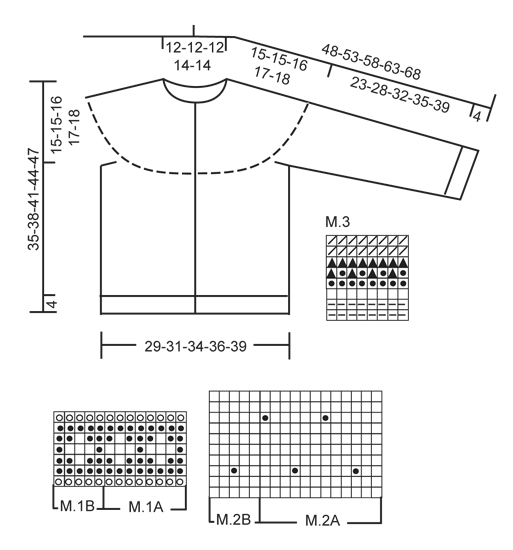 |
|||||||||||||||||||||||||
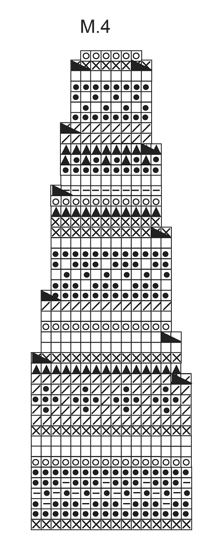 |
|||||||||||||||||||||||||
Have you finished this pattern?Tag your pictures with #dropspattern #joliefleurcardigan or submit them to the #dropsfan gallery. Do you need help with this pattern?You'll find 18 tutorial videos, a Comments/Questions area and more by visiting the pattern on garnstudio.com. © 1982-2025 DROPS Design A/S. We reserve all rights. This document, including all its sub-sections, has copyrights. Read more about what you can do with our patterns at the bottom of each pattern on our site. |
|||||||||||||||||||||||||











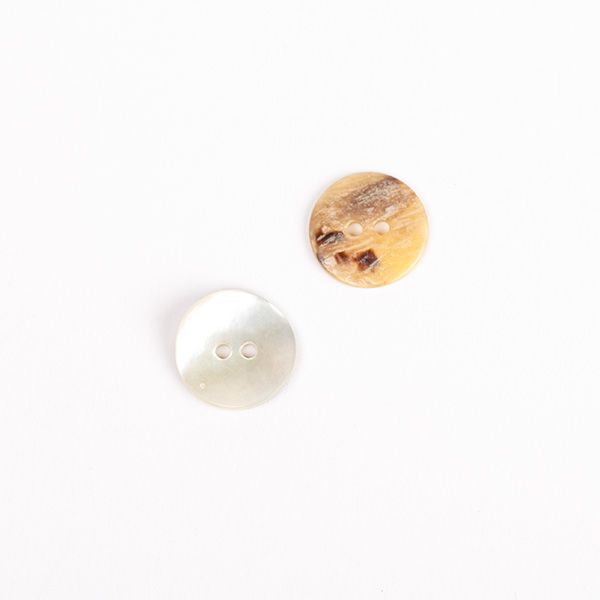




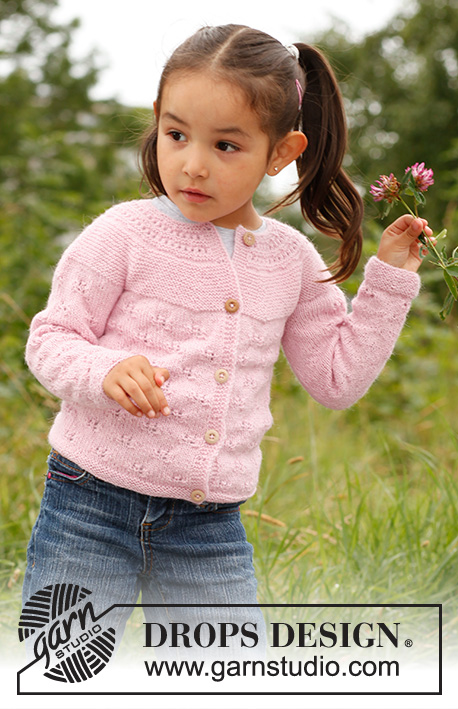
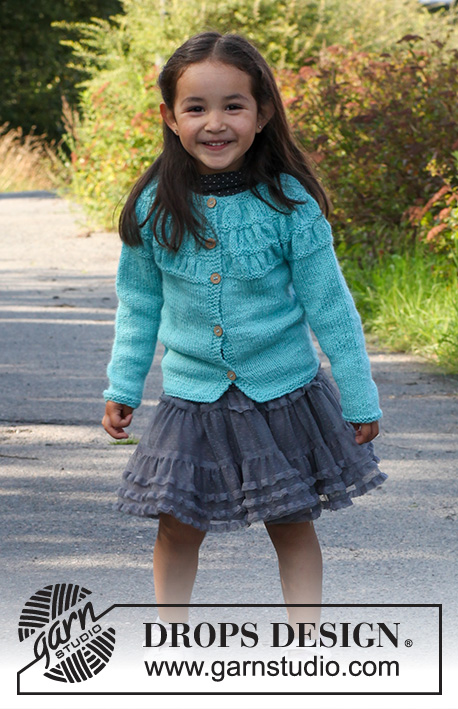














































Post a comment to pattern DROPS Children 22-4
We would love to hear what you have to say about this pattern!
If you want to leave a question, please make sure you select the correct category in the form below, to speed up the answering process. Required fields are marked *.